Wayra
Origin unknown.
Possible parents : Sedum cuspidatum & S. pachyphyllum
"Wayra" is Quechua and means "wind".
Widely distributed in Argentina.
'Wayra' significa viento en lengua Quechua.
Extensamente distribuido en la Argentina.
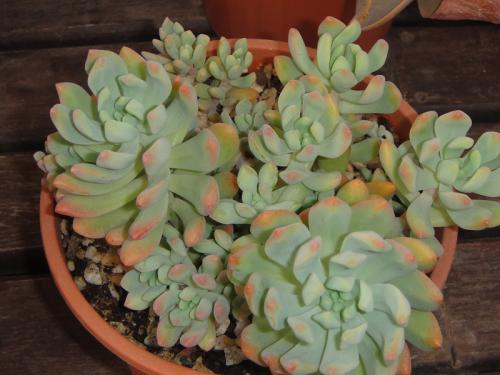
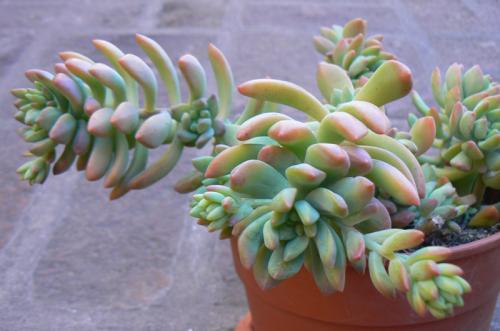
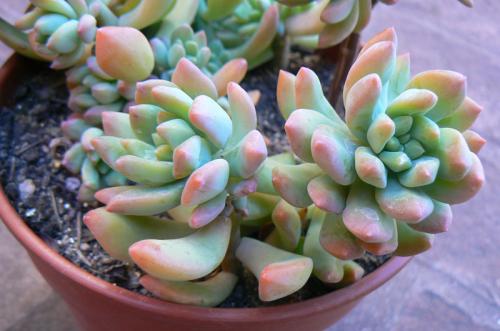
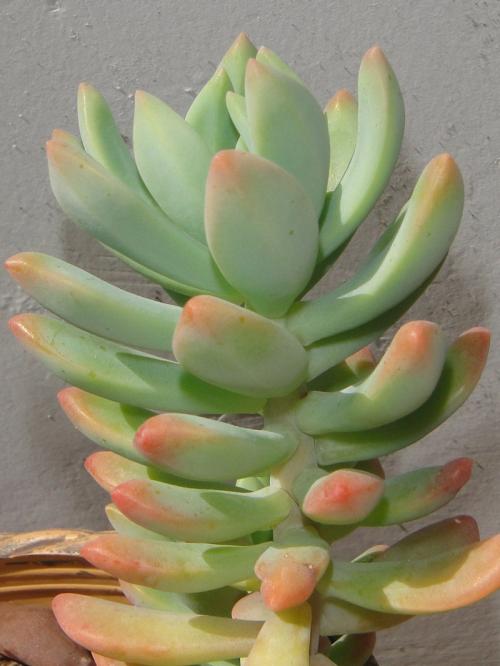
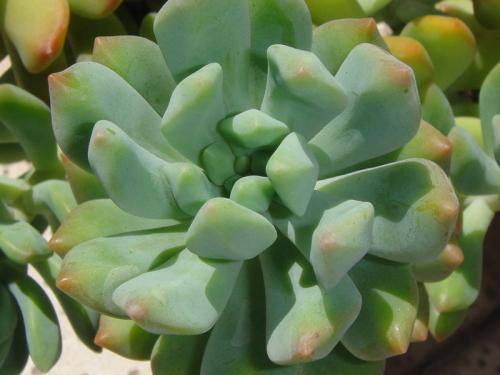
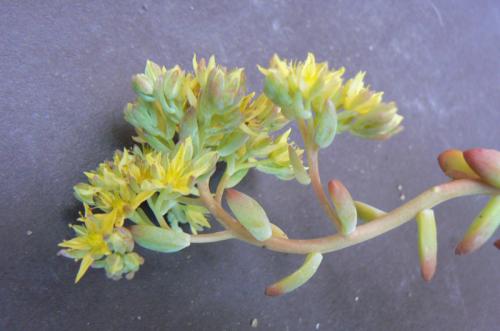
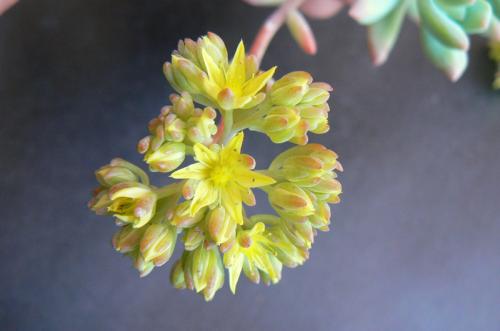
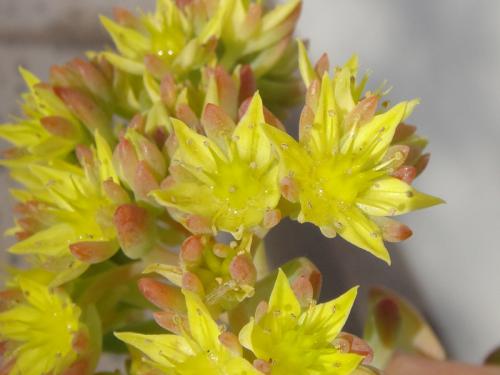
At left Sedum cuspidatum, possibly one of the parents, S. 'Wayra' at right :
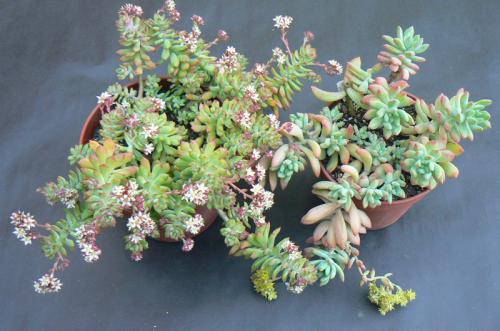
Photos 2, 3, 6, 7 and 9 Isabel Palomo